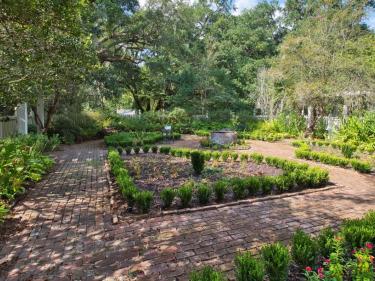
Audubon State Historic Site
11788 Highway 965
St. Francisville, LA 70775
United States
Site open daily
- open from 9 a.m. to 5 p.m.
- closed Thanksgiving, Christmas & New Year's Day
General Admission:
- $6 per Person (ages 7 to 61)
- $4 Seniors (62 & older)
- Free for children (6 & under)
Guided House Tour*:
- $10 per Person (ages 7 - 61)
- $8 Seniors (ages 62 & over)
- Free Children (ages 6 & under)
*Guided fees include grounds, gardens & structures
"The rich magnolias covered with fragrant blossoms, the holly, the beech, the tall yellow poplar, the hilly ground and even the red clay, all excited my admiration. Such an entire change in the fall of nature in so short a time seems almost supernatural, and surrounded once more by numberless warblers and thrushes, I enjoyed the scene."
So reads the journal of John James Audubon as he recorded his arrival in 1821 at Oakley Plantation.
This lush natural setting, with a variety of birds singing throughout the 100-acre forest, still inspires visitors. In these peaceful environs, it is easy to imagine the artist filling his sketch pad with notes and drawings for his famous series of bird illustrations.
Audubon came upriver from New Orleans to do more than paint pictures. He had been hired to teach drawing to Miss Eliza Pirrie, daughter of Mr. and Mrs. James Pirrie, owners of Oakley. His teacher-artist arrangement was short-lived due to a misunderstanding with Mrs. Pirrie. Only four months after his arrival, Audubon returned to New Orleans. Although there is no record of his success in teaching Miss Pirrie to draw, in his personal endeavors he completed or began 32 bird paintings while at Oakley.
Oakley House
The tall, airy house where John James Audubon stayed is a splendid example of colonial architecture adapted to its climate. Built circa 1806, Oakley predates the relatively heavy details of classic revival in Southern plantation homes and claims distinction for its beautiful simplicity. The rooms of Oakley have been restored in the style of the late Federal Period (1790-1830), reflecting their appearance when Audubon stayed there.
A West Indies influence can be seen in the jalousied galleries which allow cool breezes to drift through the rooms while keeping out rain and the glare of the sun. Adam mantels, delicate decoration of the exterior gallery stairs and a simple cornice frieze are Oakley's only ornaments. Simple and dignified by its unusual height, the building seems a suitable part of its beautiful forest setting. In 1973, Oakley House was placed on the National Register of Historic Places, an honorary designation for significant historic sites.
The large, detached plantation kitchen, typical of the period, was reconstructed on the old foundations, around the original chimney. The kitchen building also contains a weaving room and an ironing/wash room.
Two slave cabins, located a short distance from the rear of the house, give a glimpse into the laborers' way of life on the plantation. These cabins provide the backdrop for programs highlighting the impact of African Americans in developing early America.
Restored formal and kitchen gardens adjacent to the house demonstrate the early Louisiana plantation owners' tendency to re-create formal beauty in their wilderness environment
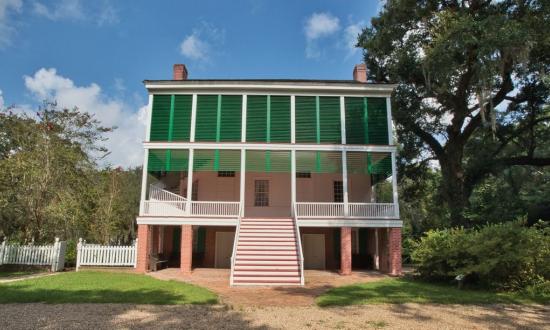
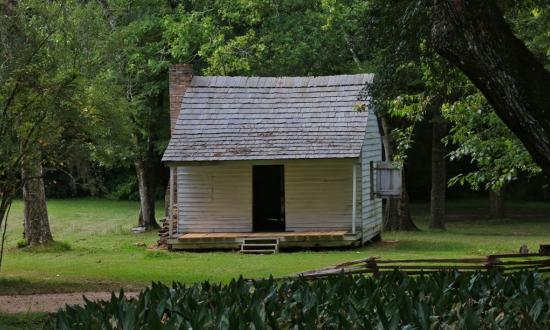
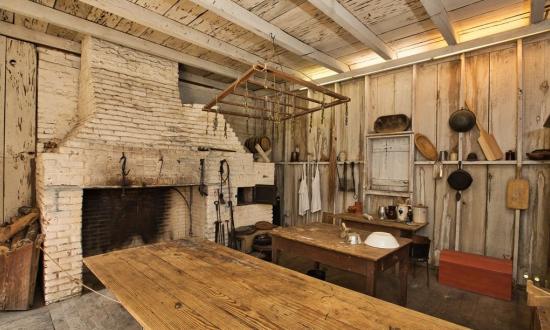
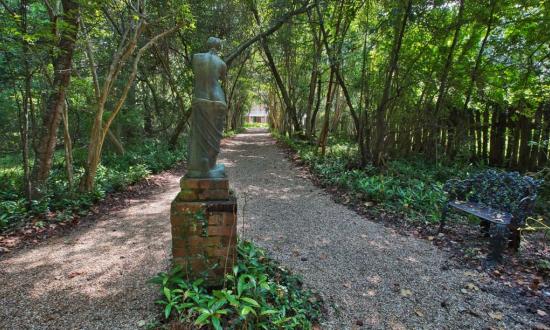
Features
Birding
A Birder's Guide to Louisiana gives directions to over 100 areas for birding throughout the state, includes maps, Louisiana specialties, and contains beautiful photography and checklists of Louisiana birds and other wildlife. The Guide was produced through a partnership between the Atchafalaya National Heritage Area website and the American Birding Association website.